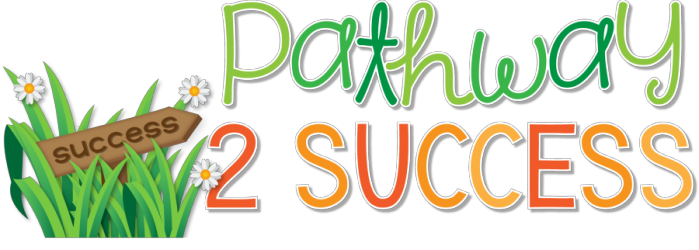Teaching is by far one of the toughest jobs anyone could know. Every day, educators greet kids with a smile and open heart, teach rigorous lessons and activities, provide social-emotional support to kids in need, and problem-solve through everyday challenges that others never even see. Teachers are so incredible that sometimes we forget they need […]
Morning Classroom Routines to Help Students Activate Their Brains
Morning classroom routines to help kids and teen activate their brains and do their best.
20+ Homework Strategies for Parents
Homework can be a big source of frustration for kids and parents at home. Even more, it can be a challenge that carries over from home to school when the child doesn’t complete the work and is behind in class. If your child is struggling with homework, read through these strategies and give some a […]
6 Executive Functioning Strategies to Start the School Year
Executive functioning skills are in everything our students do. They involve planning for assignments, organizing binders and backpacks, focusing during lessons, problem-solving through challenges, and persevering to reach goals. Starting off the school year can be extremely taxing on students’ executive functioning skills. In many cases, students go from a relaxed summer to a rigorous […]
50+ Ways to Build Relationships with Kids & Teens
Why Relationships Matter The single most foundational element of social emotional learning is having strong relationships. In fact, relationships are the basis to all learning. Positive relationships help learners feel safe, respected, and connected. Further, by understanding learners at a deeper level, teachers can help students recognize strengths, work through challenges, identify goals, help through […]
100+ Questions to Build Relationships (with a free list)
Relationship-building is profound. It is the foundation to social, emotional, and academic success for students. When learners have a more positive relationship with those around them, they are more able to learn new skills, open up, voice their needs, take risks, and reach their goals. While there are many different techniques for building relationships in […]
15+ Positive Affirmations Activities for Kids and Teens
Positive affirmations are the encouraging words we say to encourage and motivate ourselves along the way. These are phrases like, “I can do this,” and “Today will be a great day.” Seemingly simple words that have a big impact on our minds. Just some of the benefits for using positive self-talk include: It builds confidence. […]
30+ Ways to Integrate SEL During Distance Learning
Integrating social emotional learning skills is a critical element to any classroom. These are the skills that help learners understand their strengths and challenges, recognize emotions, become socially aware, develop empathy for others, build meaningful relationships, and make positive decisions. Truthfully, the skills listed are only a fraction of what social emotional learning encompasses, but […]
SEL Lessons and Activities for the Virtual Classroom
Social emotional learning is playing a huge role this school year. Of course, SEL is important all of the time, but right now kids and young adults are in special need of support. In order for kids and teens to succeed academically, they also need skills for understanding emotions, problem-solving, conflict resolution, and persevering through […]
12 Reasons Why Every Class Needs Morning Meeting
Morning meeting is a daily time to meet with students and help frame the day for success. Sometimes it might be called a daily check-in or morning circle. Whatever you call it, the idea is pretty simple. Educators sit with their students, greet each other by name, talk about topics that matter, and give everyone […]













